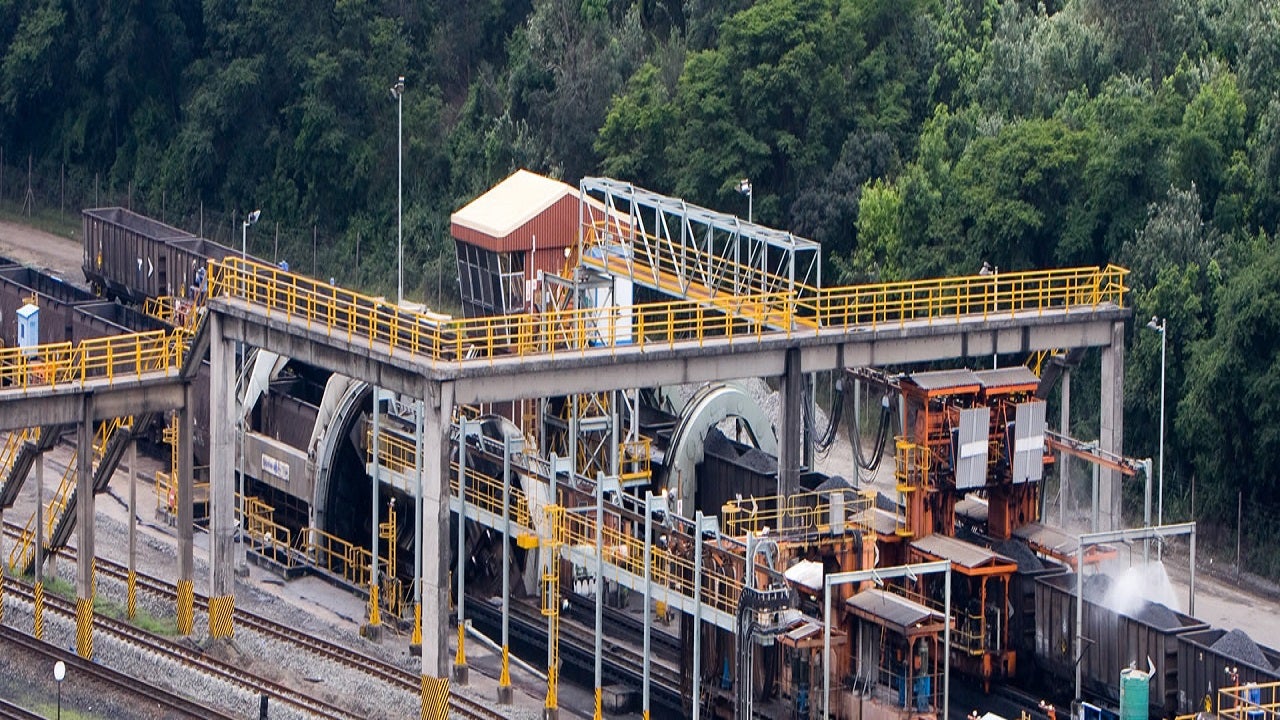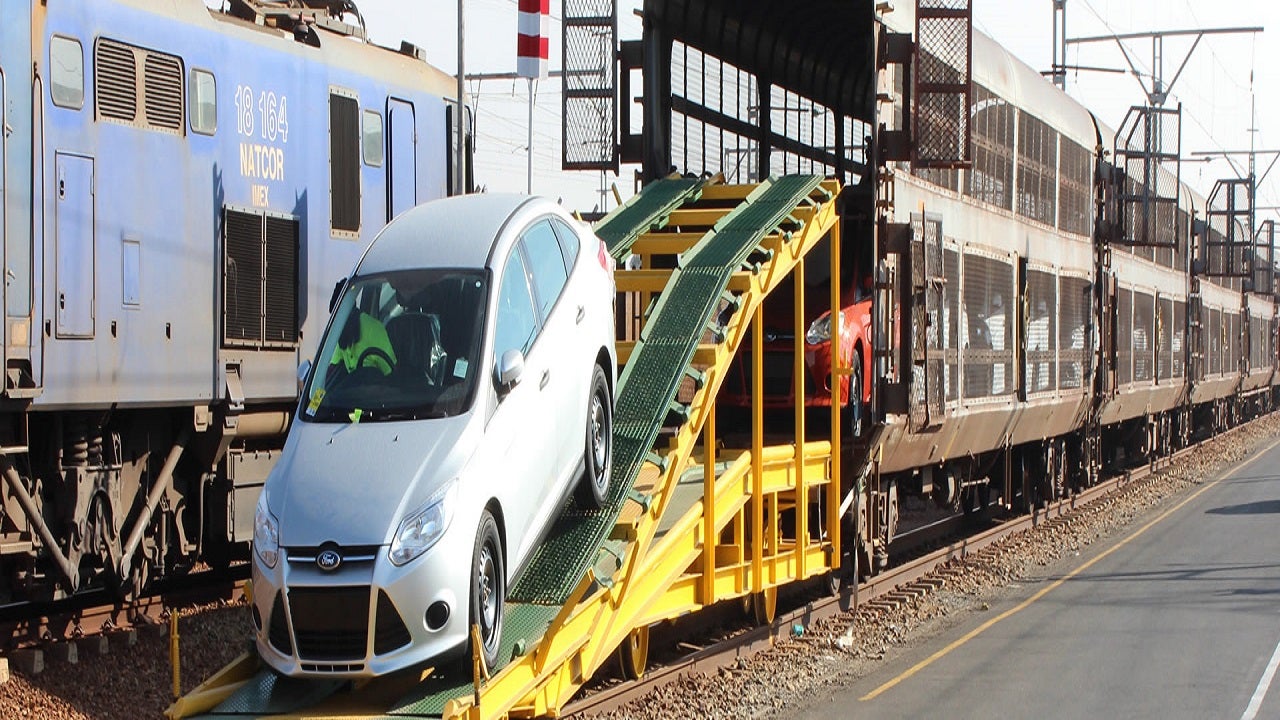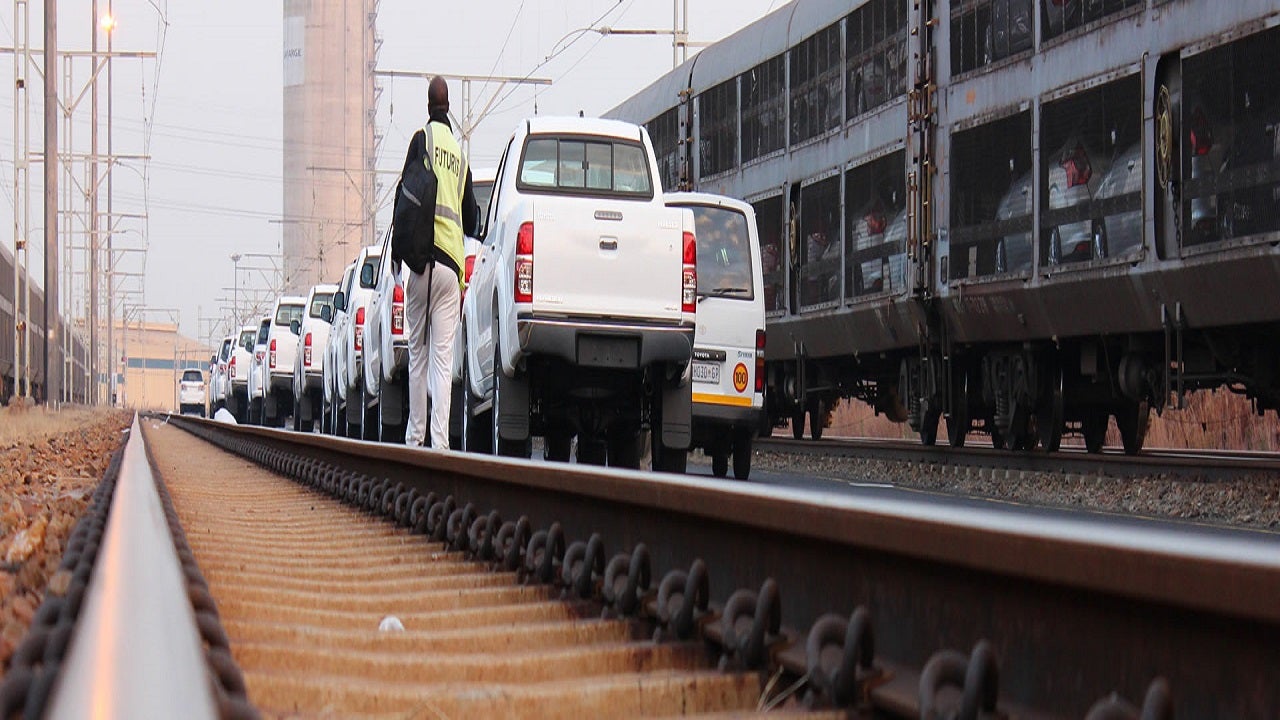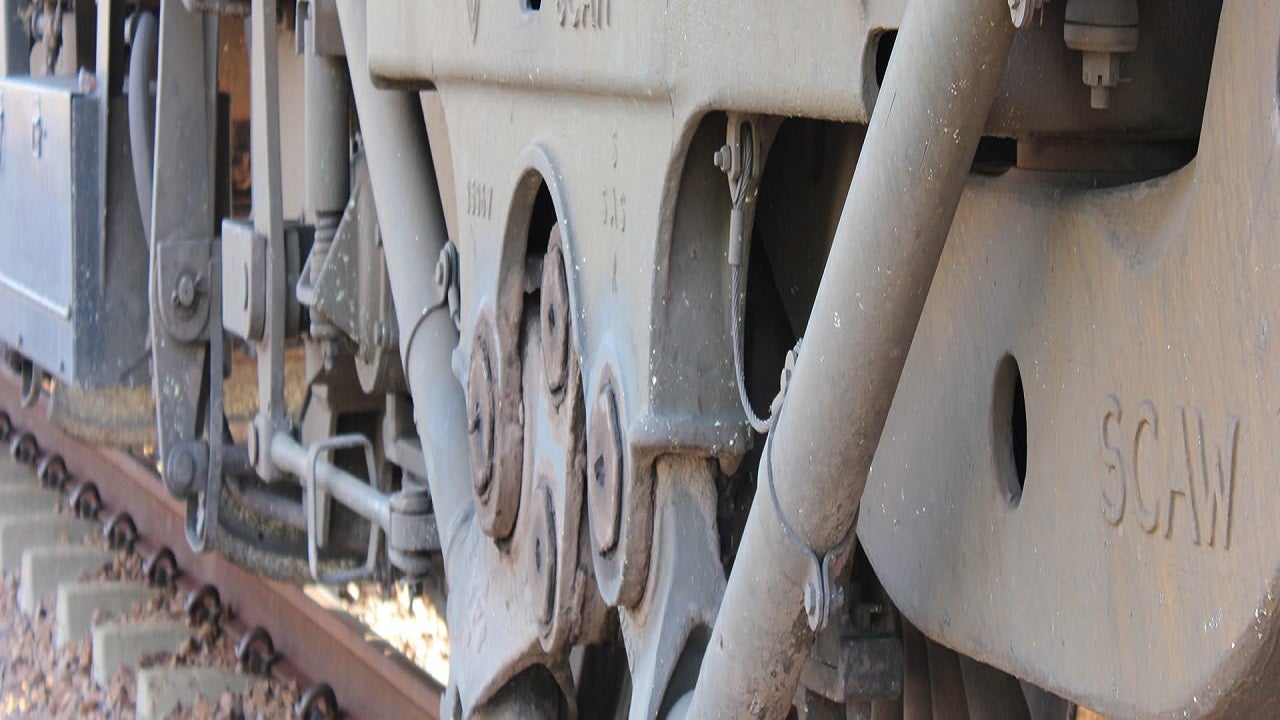The Eswatini Rail Link (ESRL) project, also known as Swaziland Rail Link or Swazilink, is a proposed seamless rail line between South Africa and Eswatini (formerly known as Swaziland).
ESRL is a joint inter-railway strategic collaboration between South Africa’s Transnet Freight Rail (TFR) and Eswatini Railways (ESR).
The $1.34bn project aims to create a new dedicated general freight business (GFB) corridor that will divert the movement of general freight cargo away from TRF’s export coal line running from the Mpumalanga Province to the Port of Richards Bay. It will free up capacity on the export coal line as well as the eastern mainline and the north-south corridor. The general freight cargo is planned to be transported through Eswatini to the Port of Richards Bay.
The ESRL project will generate approximately 3,000 and 6,500 construction jobs in South Africa and Eswatini respectively. It will also create several indirect job opportunities.
Construction for the project will begin following the finalisation of funding, with expected completion in 2023.
ESRL project background
The rail project began with the commissioning of a concept level study in 2011 to investigate the provision of a rail link between Lothair in South Africa and a suitable location along the Swaziland railway network.
A memorandum of understanding (MoU) was signed between the Government of the Republic of South Africa and the Government of the Kingdom of Eswatini in August 2012. It was followed by the signing of a subsequent MoU between TRF and ESR in November 2012 for collaboration between the organisations in assessing the feasibility of linking the two railways networks. The feasibility study was completed in July 2015.
The project will be developed as a public-private partnership (PPP) and is awaiting proposals from suitable partners.
Eswatini Rail Link details
Approximately 100km of the 150km new railway line will be located in Eswatini, while the remaining 50km will be built in South Africa.
The project is divided into three segments, a greenfield development of the new link between Lothair in South Africa and Sidvokodvo in Eswatini, and two brownfield upgrades to the existing lines between Ermelo and Lothair, and Sidvokodvo and Richards Bay. It will include the construction of 28 viaducts, 28 bridges, 25 cattle creeps, 31 underpasses, and 110 culverts.
The new rail link will require a total area of 12km². Based on the feasibility report, the relocation of 500 graves has been completed and the planning for the resettlement of 235 households in Eswatini is underway.
ESRL will reduce rail and road traffic congestion and accommodate an axle load of up to 26t. Trains on the railway line will be 2.5km-long with 200 wagons. The heavy haul line via the Usutu valley will use distributed power technology.
The project will add to the existing capacity of 12 trains of 81 wagons in each direction daily on the existing ESR’s Komatipoort-Golela line and help in achieving a two-fold increase in the traffic volumes.
Financing for ESRL project
The African Development Bank provided financing to the Government of the Kingdom of Eswatini to support the detailed design process.
A part of the loan will be used to make payments related to the preconstruction and detailed/final design services contract.
Benefits of Eswatini Rail Link project
The project will support the economic development of mining and industries related to rail. It will create business opportunities worth R894m ($62.86m) in South Africa and SZL1.7bn ($91.41m) in Eswatini. The new link will enhance the capacity of the eastern seaboard GFB system by creating a dedicated GFB export corridor to the ports of Richards Bay and Maputo.
The railway line will reduce fiscal burden related to road maintenance, congestion at border points, and carbon emissions.
For citizens of Eswatini, the link will provide direct rail access to the Gauteng Province, the economic hub of South Africa.
Contractors involved
MB Crusher won a contract to supply equipment such as drum-cutters, screening bucket, and crushing bucket. RCE Consultants provided detailed design services for the project.
Aurecon South Africa was appointed to prepare an environmental impact assessment (EIA) report.
Lang Mitchell Associates was contracted to assist with the environmental authorisation process in Swaziland.
Italian firm TEAM Engineering was awarded a contract for pre-construction services and detailed design services, in October 2020.





